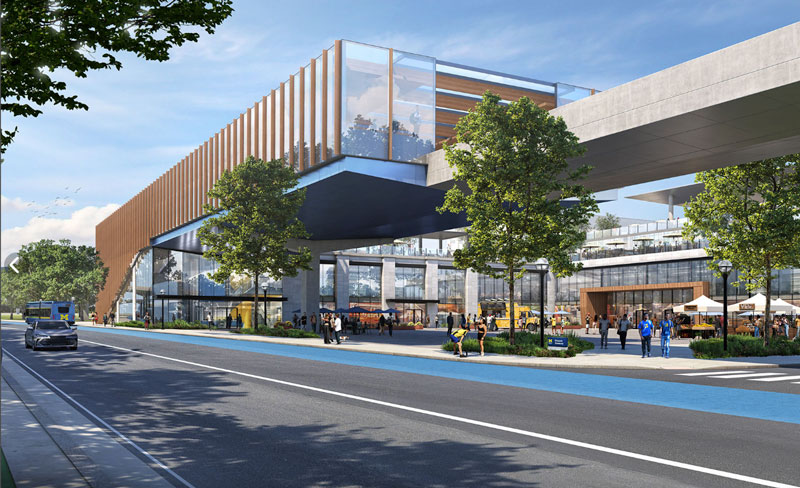

The University of Michigan in Ann Arbor and Los Alamos National Laboratory plan to develop a state-of-the-art facility for high-performance computing and AI research that will enhance and strengthen the university’s research capabilities in areas of science , energy and national security.
This effort, part of a new partnership agreement expected to create new jobs in southeast Michigan, builds on a recently established research collaboration between the two institutions.
Under the expanded agreement, the lab and university will partner in areas including artificial intelligence, materials science and advanced manufacturing.
The facility will be located in Washtenaw County and will house two computer centers. A center will help Los Alamos scientists and engineers conduct research and development focused on critical national security AI challenges.
An adjacent University Computing Center will allow UM faculty and students, as well as university partners from across the state, to collaborate with Los Alamos researchers on multidisciplinary research projects.
The University Computing Center will also provide opportunities for UM and Los Alamos researchers to design joint workforce development and educational programs for students and interns.
“Our new partnership and growing collaboration with Los Alamos National Laboratory will support and enhance UM’s impact and excellence in research, innovation and discovery,” said Santa J. Ono, president of the UM.
“In addition to providing incredible new opportunities for our students, staff and faculty, this effort will create high-quality jobs and reinvigorate Michigan State’s place in the growing AI ecosystem and in the thriving information economy. »
UM professors have collaborated with Los Alamos researchers for years. The university solidified a partnership with the New Mexico-based national laboratory earlier this year with a five-year, $15 million research contract.
The collaboration focuses on developing advanced computing technologies, including artificial intelligence and sophisticated modeling techniques, to address complex challenges such as unlocking the potential of fusion as a clean energy source.
The funding mechanism for the new facility has not been finalized, but it will likely include a combination of federal and state money earmarked for economic development.
“Los Alamos drives a broad range of vital national security programs that use high-performance computing, AI and other capabilities such as advanced materials and manufacturing to provide cutting-edge solutions to some of the world’s most challenging problems. world,” said Thom Mason, director of Los Alamos National Laboratory.
“This partnership with the University of Michigan will provide critical new resources to support our data-intensive work. »
Located approximately 35 miles northwest of Santa Fe, Los Alamos National Laboratory is a federally funded, multiprogram research and development center established in 1943. The U.S. Department of Energy operates 17 national laboratories in across the country.
“The collaboration between Los Alamos and the University of Michigan will combine the capabilities and intellectual DNA of two great public institutions to achieve revolutionary advances in supercomputing and AI for the benefit of the nation,” said Charlie Nakhleh, associate director of the Los Alamos laboratory.
The development of the new facility is part of other plans to increase the university’s research footprint, including the creation of a new innovation district on the north campus that will encompass academic spaces and research.
The district – designed to better facilitate research and partnership efforts – is a key component of Campus Plan 2050, the new comprehensive physical plan for the university’s campus.
“With our faculty’s broad expertise in many critical disciplines, a stronger partnership between the University of Michigan and Los Alamos National Lab is beneficial to both institutions,” says Ono.
“By strengthening our high-performance computing infrastructure, as well as our research collaborations in other areas, faculty, staff and students across UM will have access to the tools and resources needed to catalyze progress in areas critiques ranging from biosciences and artificiality. climate intelligence and sustainability.


